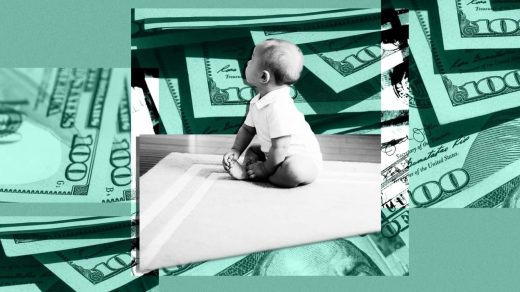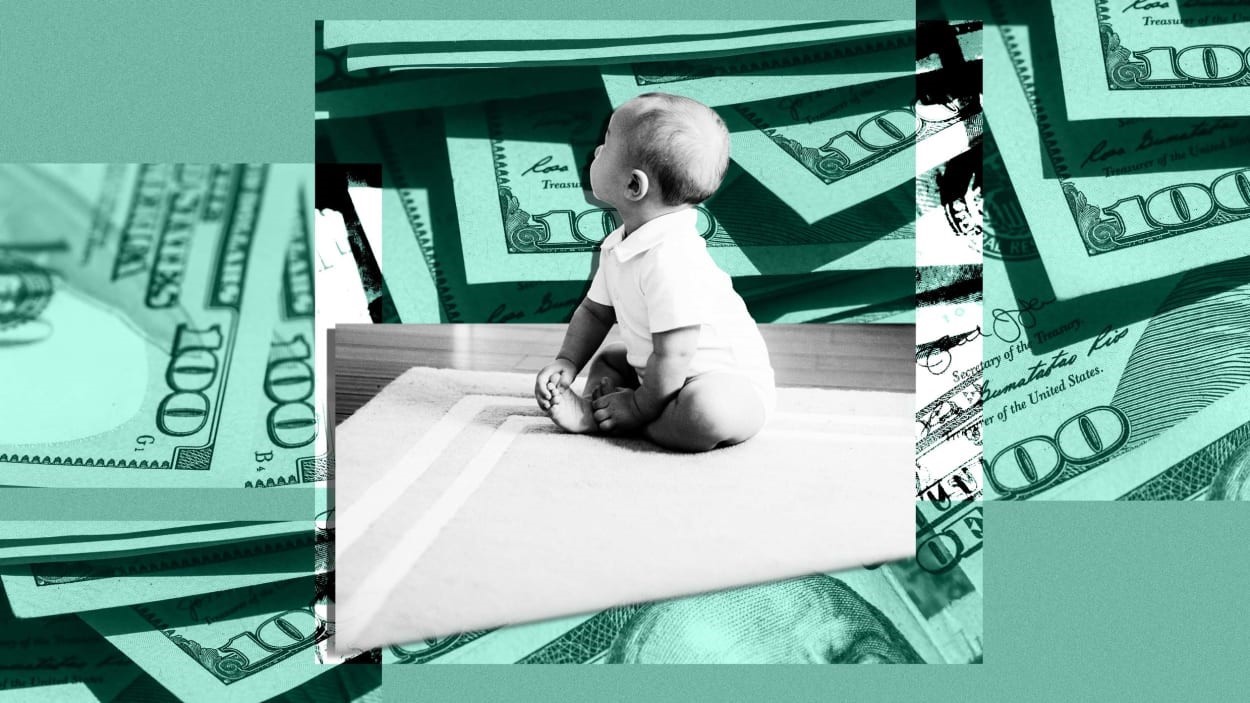Raising a kid now costs $21,000 a year. Here’s how to budget for it
Raising kids is expensive: The average annual cost of raising one child in the U.S. is nearly $21,000, according to a recent study. While the cost of daycare may rival your mortgage payment, at least parents who can afford it are able to anticipate childcare costs from birth to kindergarten.
But before parents of newly minted elementary school students breathe a sigh of financial relief, they should be aware of the unexpected kid-related expenses that are just waiting in the wings. Every time you turn around, you’re hit with a new expense for everything from birthday parties to sports fees.
There’s no offseason for these financial surprises, but you can still plan ahead. Here’s what you need to know about keeping the “kid tax” from overwhelming your budget.
Expensive Surprises
You expect to feed your kids three times a day (or more, if you have a teenager in the house), keep them in shoes that fit, and pay for the occasional trip to the movies. But you may not think to budget for fairly predictable (albeit painful) kinds of expenses.
Back-to-school season
Back-to-school shopping is an annual rite of passage that keeps getting more expensive. The National Retail Federation reports that families with children in elementary through high school plan to spend an average of $890 on back-to-school items for the 2023-24 school year.
Unfortunately, clothes, notebooks, and electronics are not the only costs associated with going back to school. There are additional expenses that can take you by surprise after your credit card is already smarting from the epic trip to Target. Some of the common back-to-school surprise expenses may include:
This doesn’t even include parental nightmares like a last-minute Spirit Week announcement (everyone has to wear orange shoes!) or your kid hitting a major growth spurt a mere month after buying the required school uniform.
Activities
Kids’ activities can get expensive in a hurry, whether they’re three-season varsity jocks, the most in-demand leads for all the school plays, the first chair oboist in the school orchestra, or the reigning sovereign of the state’s F-H competition.
The average family with kids enrolled in extracurricular activities spends $731 per child on these activities, according to research by LendingTree. These expenses come from membership fees, equipment and gear, uniforms and costumes, and the cost of travel.
Medical costs
Despite your perfectly straight teeth, your child has inherited your spouse’s snaggletoothed grin—and you’re looking at $4,000 worth of mouth metal that you’re going to have to force Junior to take good care of over the next three years.
This may be one of the most common medical costs facing parents, but kids find the darndest ways to hurt themselves, get things stuck in their ears, or run high fevers while out of town.
Even with good insurance (which may be an oxymoron), dental and medical costs can destroy even the most carefully planned budget.
Affording the “Kid Tax”
There are a number of ways to prepare for unexpected or irregular kid-related expenses.
Create a sinking fund
A sinking fund is money that you save for a specific purpose. Unlike an emergency fund, which is money you set aside for unexpected expenses, this kind of targeted savings is for planned future expenses.
For instance, you might add up all the expenses you paid for your child’s sports travel this year and come up with a total cost of $1,100. To be ready for next year, you could set up a savings account for your back-to-school sinking fund, and automatically transfer $50 from each paycheck into the fund. By the time next year rolls around, you can pay from the sinking fund.
Even if you’re not able to afford to lose $50 from each paycheck, an automatic transfer of $20, $10, or whatever you can afford can help you set up your sinking fund. The smaller amount may not cover your costs completely, but it will give you some extra padding when the inevitable costs crop up.
Shop your closet, swap, and buy used
There’s no need to buy new items every time your child needs school supplies, clothes, equipment, or other gear. There are a number of places you can get what you need for free or at lower cost.
Ask about financing
Financing could help you better afford your child’s expensive needs. Your orthodontist, your school, and your traveling sports team may all be willing to let you make monthly payments to fulfill your financial obligations, rather than ask for all the money at once.
Reduce Your Stress
Kids are always going to be expensive, and not always in expected ways. But parents can plan ahead and think creatively when the so-called kid tax strikes—and avoid the financial stress of the unexpected.
Emily Guy Birken is a Milwaukee-based personal finance writer. Her books include The 5 Years Before You Retire; Choose Your Retirement; Making Social Security Work for You; and End Financial Stress Now.
(7)



